I currently have the following bit of kit: Photoplethysmographic sensor for measuring heart rate
It outputs a 5v pulse each time your heart pulses. What I need is to do is interface this pulse output to a keyboard (So each time your heart pulses a key is pressed on the keyboard).
I have stripped an old USB dell keyboard and worked out what contacts on the keyboard PCB need connecting to simulate the key I am after.
I have drawn a circuit on how I think would be the right way to interface the two electronic circuits:

My question(s) are:
Will this circuit work as I intend it to?
Will the relay be able to switch on and off 50-120 times a minute?
Can you offer a better method of interfacing the circuits?



